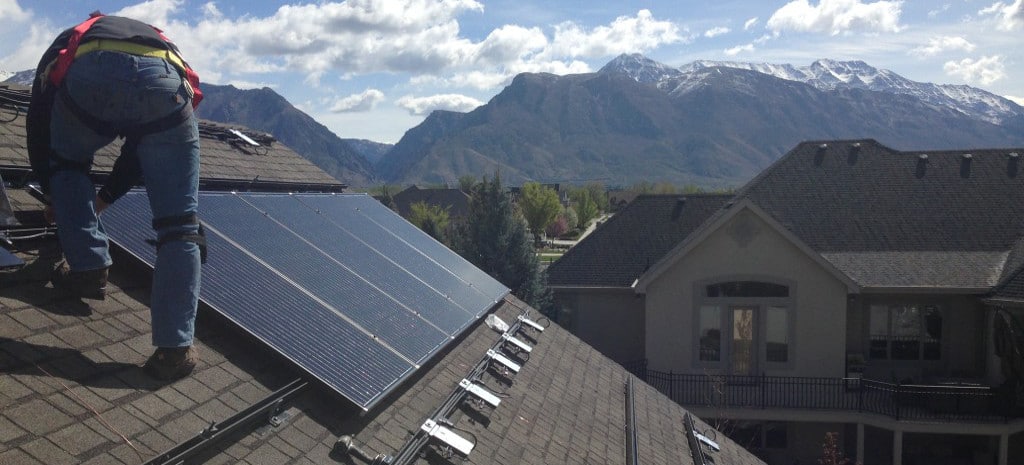A new report by IHS Markit has identified a growing trend among module level power electronics (MLPE) suppliers to vertically integrate their products into solar AC and smart modules in an effort to increase sales.
This shift from standalone marketing to integrated systems will underpin a doubling of the market by 2020, according to analysis published in the latest annual IHS Technology PV Microinverter and Power Optimizer Report, which forecasts revenue for smart and AC modules to rise to almost $500 million by 2020 from a base of below $100 million in 2015.
This new, all-in-one sales tactic meets growing customer demand for purchasing fewer parts for their solar system, and the market is beginning to adapt to meet that demand, said IHS Technology research manager Cormac Gilligan.
“Suppliers are shifting their business model from selling standalone products to selling an off-the-shelf integrated model,” he said. “This will help them capture new emerging markets, improve sales channel efficiencies and lower customer costs.”
Essentially this means that providers of power optimizers (such as SolarEdge) and microinverters (such as Enphase) will increasingly see their products installed at the factory of module manufacturers that produce smart and AC modules.
The market for such integrated products remains relatively small, at just under 200 MW in 2015. However, this trend will drive it to beyond 4 GW by 2020, said IHS Markit, as integrated products become the preferred option in many global markets.
“Growth will be driven by cost efficiencies gained from manufacturing through to the installation, and by sales channels shifting to module suppliers, which will develop more high-volume buyers,” added Gilligan.
The IHS analyst expects microinverter suppliers to more keenly embrace this trend than power optimizer companies given the strong cost benefit and current need to lower prices within the microinverter sector. For power optimizers, a shift in market conditions is expected in 2017 as leading Chinese suppliers look to enter the market with low-cost, non-integrated solutions, said Gilligan.
Other trends that could prove beneficial to MLPE suppliers include the growth of smart home technology, which is expected to incentivize the use of microinverters and power optimizers for residential and commercial solar rooftop customers.
“Policies and standards will be a significant driver of MLPE adoption and associated module integrated solutions over the next five years, particularly in the U.S.,” said IHS Technology solar analyst Camron Barati. “The 2017 update to the U.S. National Electric Code will standardize safety requirement applications in state markets. This will ultimately incentivize the use of microinverters and power optimizers for rooftop applications.
“Technology giants such as Apple, Google, Amazon, Huawei, AT&T and Comcast also provide solutions for the smart home market and, therefore, opportunities for MLPE suppliers to engage with wider audiences.”
This content is protected by copyright and may not be reused. If you want to cooperate with us and would like to reuse some of our content, please contact: editors@pv-magazine.com.








By submitting this form you agree to pv magazine using your data for the purposes of publishing your comment.
Your personal data will only be disclosed or otherwise transmitted to third parties for the purposes of spam filtering or if this is necessary for technical maintenance of the website. Any other transfer to third parties will not take place unless this is justified on the basis of applicable data protection regulations or if pv magazine is legally obliged to do so.
You may revoke this consent at any time with effect for the future, in which case your personal data will be deleted immediately. Otherwise, your data will be deleted if pv magazine has processed your request or the purpose of data storage is fulfilled.
Further information on data privacy can be found in our Data Protection Policy.